Story by Sean Smith
Shelby, Balchowsky, Poole. We all know about Carroll Shelby modifying a diminutive English roadster, sticking an American V8 under the bonnet, and taking on the racing world. Many might have heard the legend of Max Balchowsky, who took a plethora of parts sourced from the junkyard, dropped in Buick V8 nailhead engine and beat the best of Europe with some of the most significant racing drivers of the time behind the wheel.
But how many can say they know of Candy Poole and the PBX?
Chandler, pronounced Candler, which was abbreviated to Candy. (No one called him Chandler except his wife when she was upset with him.) Candy grew up in Daytona Beach, Florida, and worked at his father’s gas station, servicing various cars. Candy met his future wife, Martha Jane, when she brought the family car in for service. Candy thought she was kinda cute and asked her out on a date to a dance at the local yacht club. Her parents questioned how a grease monkey would have the wherewithal and connections to get into the yacht club. His ‘in’ was that he cared for many of the club members’ cars, so they ensured Candy could attend the dances.
Shortly after, the couple eloped. They went with some friends up to St. Augustine and got married. The next day, Candy’s new wife went off on a pre-planned holiday with her parents. Candy got a call from the paper’s society editor: “Chandler, I see by the records in St. Augustine that you and Martha Jane got married. I want to run that in the paper.”
Candy’s response was, “Can you give me a couple of days? I have to go down and tell them the news.” In the end, it all worked out fine.
Candy was not able to join the military during WW II for medical reasons. He and his father moved north to East Hartford, Connecticut, to help with the war effort and started work at Pratt & Whitney Aircraft. While at Pratt & Whitney, he met a co-worker, Joe Pallotti. The pair decided to open a garage together in Hartford called Pallotti & Poole. One of the first lines of cars they carried was the Crosley.
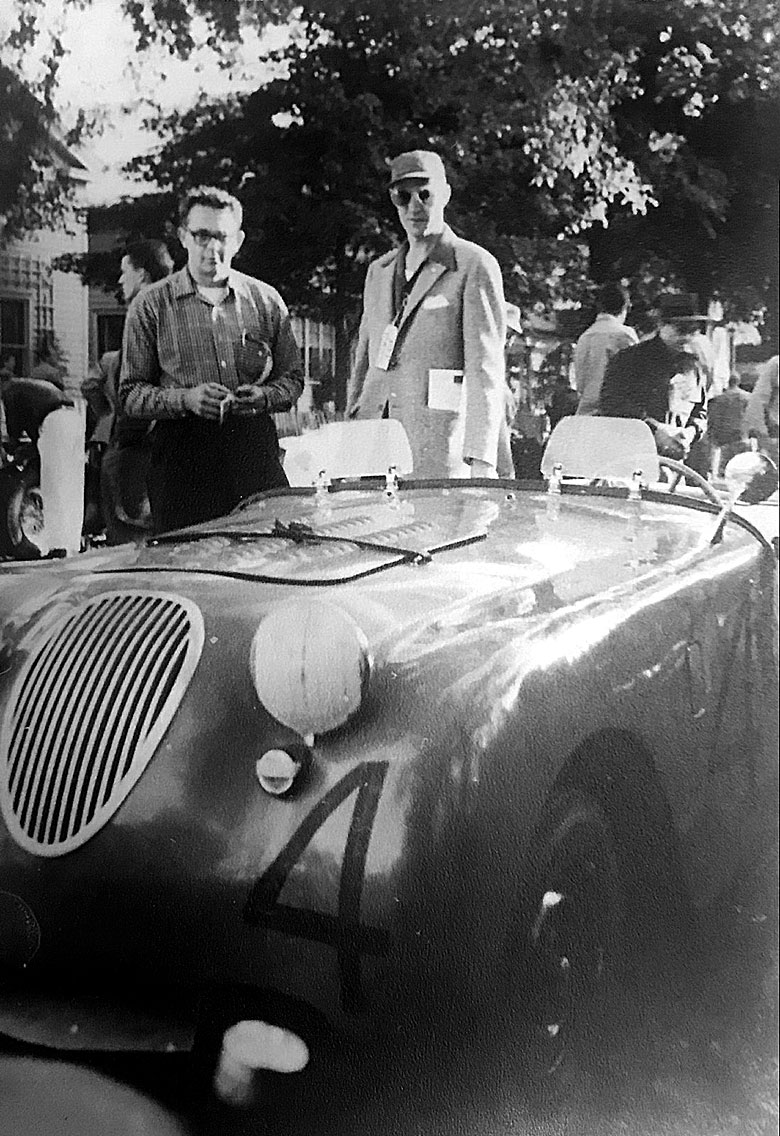
Poole with the Hotshot, possibly at Watkins Glen, September 20, 1952 where, driven by Vilardi, it placed 1st in class in the Queen Catherine Cup.
Around 1950-51, the regional manager told Candy he would like to see the Crosley Hotshot in competition. Candy liked the idea and prepared a Hotshot to race. Through the representative they got a driver, Dolph Vilardi. Dolph took the wheel for the first time at a race at Watkins Glen.
The Hotshot was not a good handling car, but Candy felt the motor had a lot of potential. It was time to take matters into his own hands.
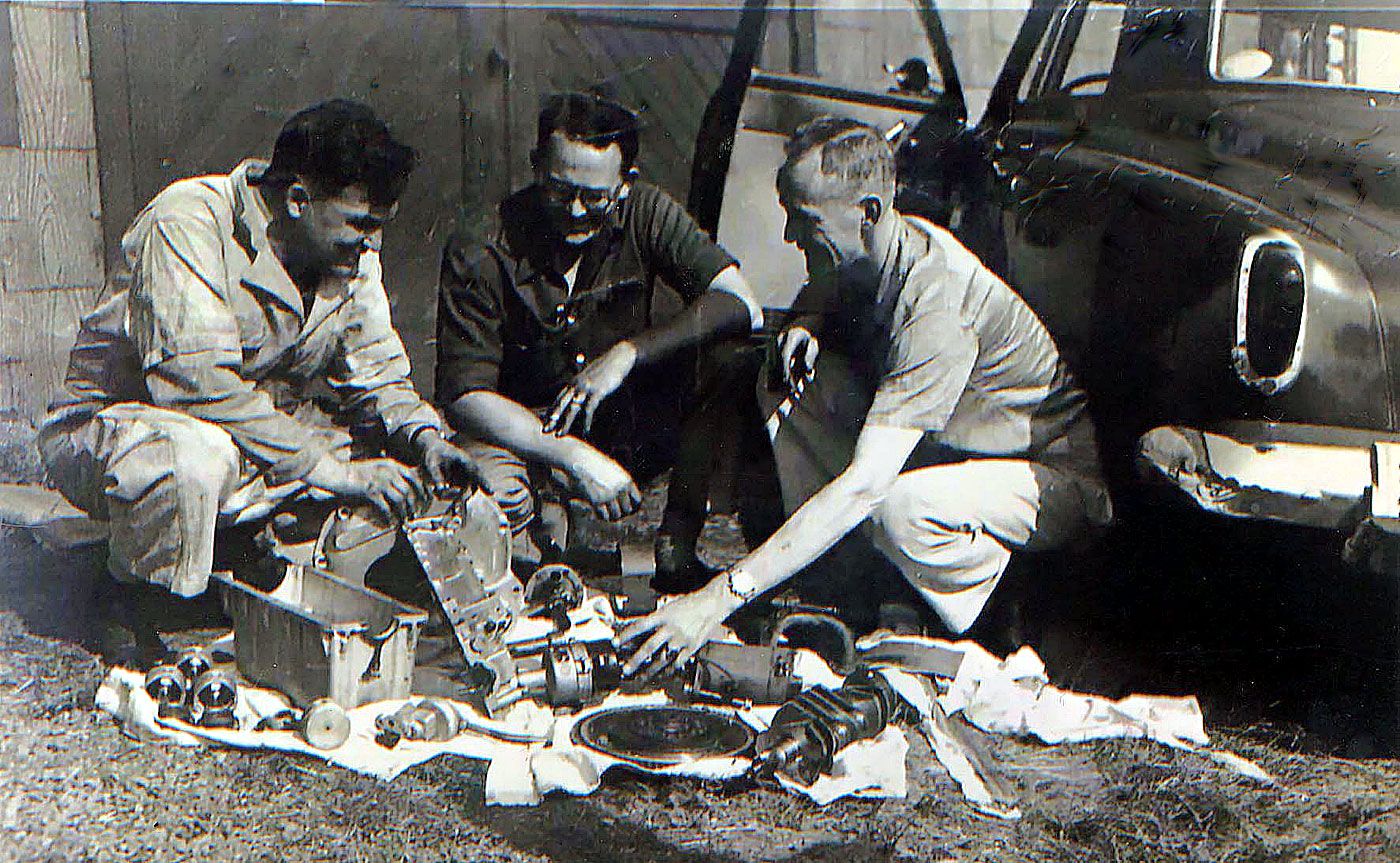
Left to right Dolf Vilardi, Candy, and Bob Bentziger going over engine parts. Poole Family collection.
The Hotshot was a flawed machine. Karl Ludvigsen, writing in SCI June 1956, felt its chassis had all the stability of a wheelbarrow. Candy seemed to have the same feeling, but he knew the Crosley’s 4-cylinder motor had the potential to be a great race motor. It wasn’t being utilized, and the chassis carrying it was doing it no favors. Some changes had to be made. Candy grabbed a rather tired 1949 Fiat 500 Model B station wagon from the Pallotti & Poole lot they had paid $200.00 for, stripped it down to its chassis, and sold off the engine, transmission, and radiator for the same amount of money, getting the parts he wanted for free. Like Shelby and Balchowski, Candy would cherry-pick parts from various machines, creating something greater than the sum of its parts.
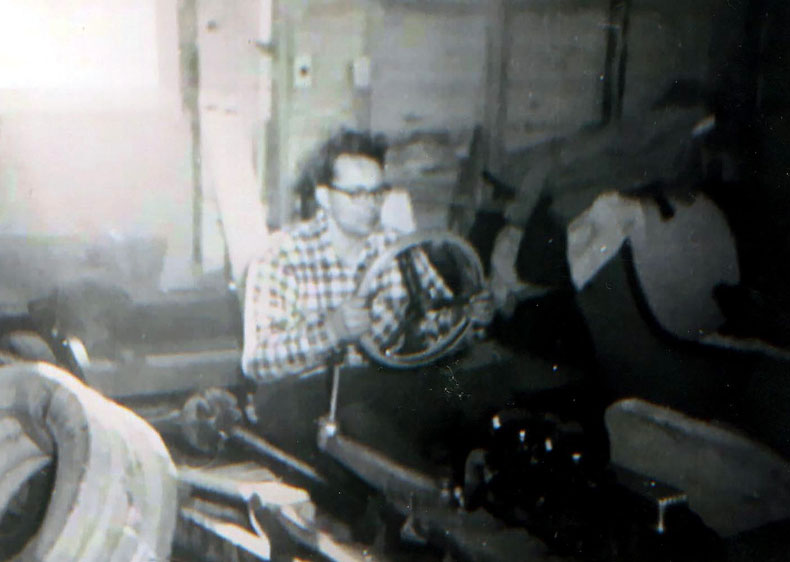
In this rare photo, we see that the PBX was tailored to Candy Poole’s body like a bespoke suit… purpose built.
Close friend and engineer at Pratt & Whitney, Bob Bentziger, arrived at Candy’s home on Thanksgiving Day in 1952 expecting dinner. Turkey wasn’t the only thing on the menu. Poole was hard at work with a torch on the chassis. Bob asked to see the plans for the racer. They didn’t exist. Bentzinger jumped in headfirst. (This was the inception of the Poole Bentzinger Experimental or PBX.)
They reworked the chassis, which received new cross-members and was liberally drilled and boxed in; the result was an extremely light but stiff chassis. Crosley coil springs, a track bar, and radius rods were installed in the rear. The Crosley engine and MG TC transmission were borrowed from Poole’s Crosley Hotshot race car. Their own Alfin-style drums would handle braking. The body was the next part of the equation. Measurements were taken for seat height, steering wheel position, and body dimensions.
A design was drawn up, and a trip was made to the hobby shop for a hunk of balsa wood that Candy whittled by hand to create a 3D representation. (The model may well have spent some time in a Pratt & Whitney wind tunnel.) The model was handed over to Sven Johnson – an artist in his own right- of the Aeroform Company in New Haven, Connecticut.Sven learned his trade with Sikorsky aircraft and was able to meld his art with aircraft science. He enlarged that little wooden model to a full-sized one-off sleek race car, running Poole’s modified Crosley engine. They even created a belly pan to give the PBX more wind-cheating ability.
Sven was more than a panel beater. He played a big part in the body’s integrity, creating a laminated aluminum honeycomb cored firewall that was installed using a unique adhesive that added to the structural rigidity of the body. It is thought the PBX was the first car to utilize bonded aluminum honeycomb in its construction for its lightweight and rigid properties, a technology borrowed from the 1949 S-55 Sikorsky helicopter.
With all this work, the PBX would still be considered just another home-built special, but Candy was so exacting in his design and execution that the little car was a winner right out of the box in H modified, to the tune of 46 class wins, 55 wins and podiums including nine overall wins & 5 DNFS out of 62 starts.
They went on to be the 1953 regional G and H Modified Champion,1954 H Modified National Champion, 1955 2nd H Modified National Championship, and 1956 2nd H Modified National Championship. In 1957, the PBX was 3rd in points with Dolph at the wheel and 10th with Candy at the wheel. Combined, they scored more points than the H-modified Championship-winning car.
The little car holds the H Mod title at Mt. Equinox and the lap record for H Mods at Brynfan Tyddyn.
When Karl Ludvigsen drove the PBX, he felt it was one of the best-handling cars he had ever driven (a far cry from the Crosley Hot Shot). Another luminary of the car world, Briggs Cunningham, felt the PBX exhibited workmanship of a very high standard.
Next in Part 2: The PBX heads for the races.
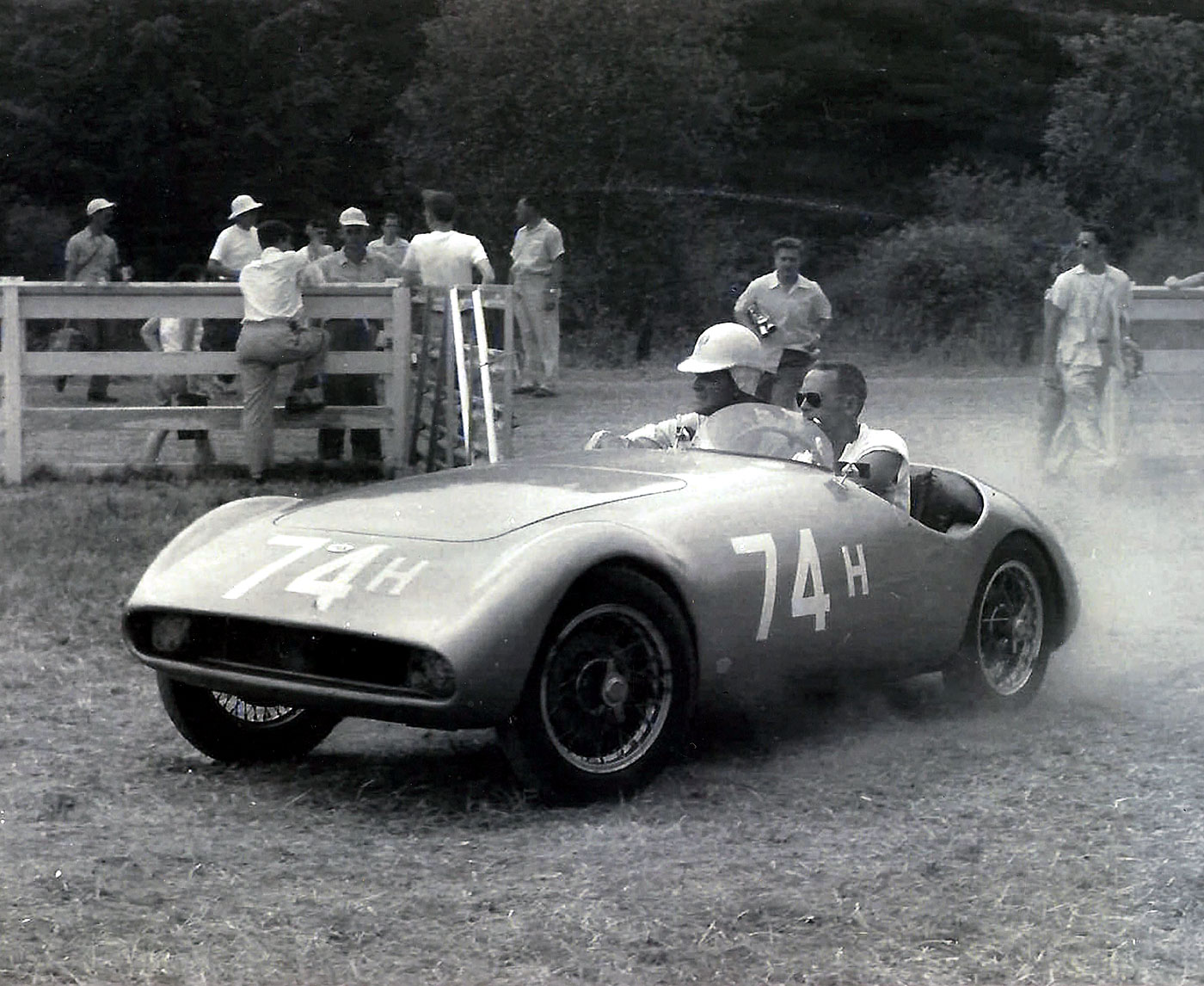
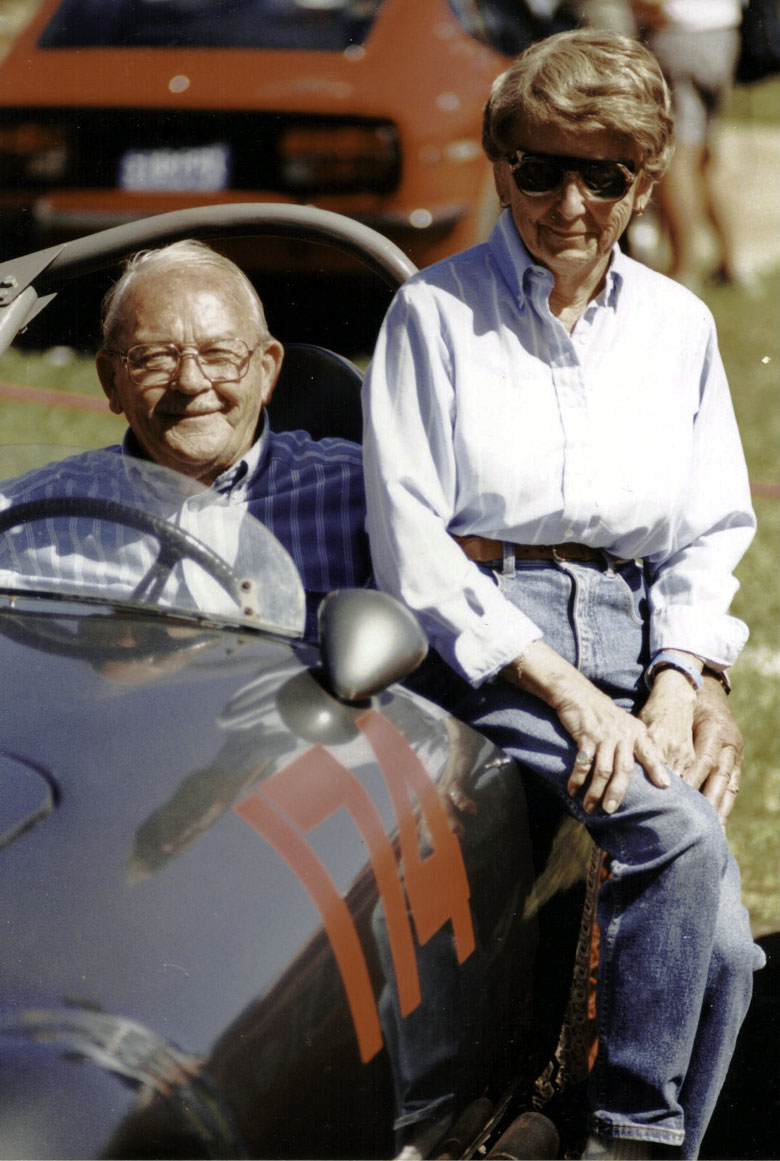
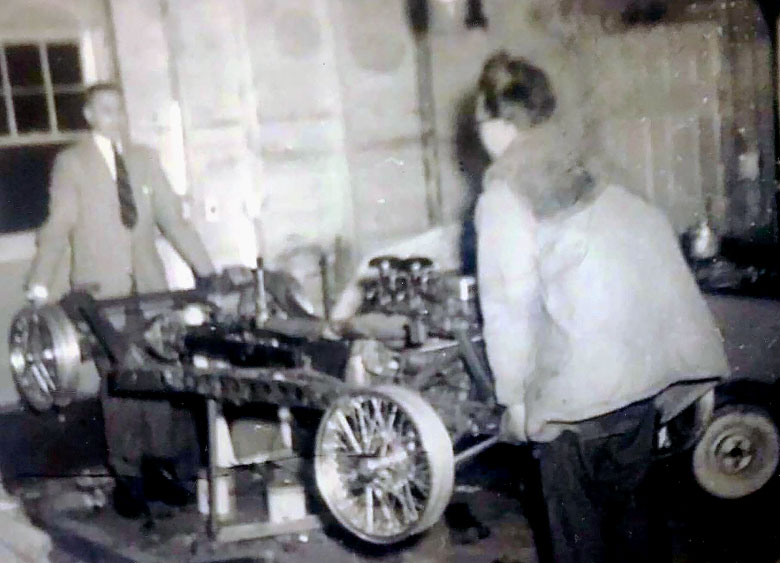
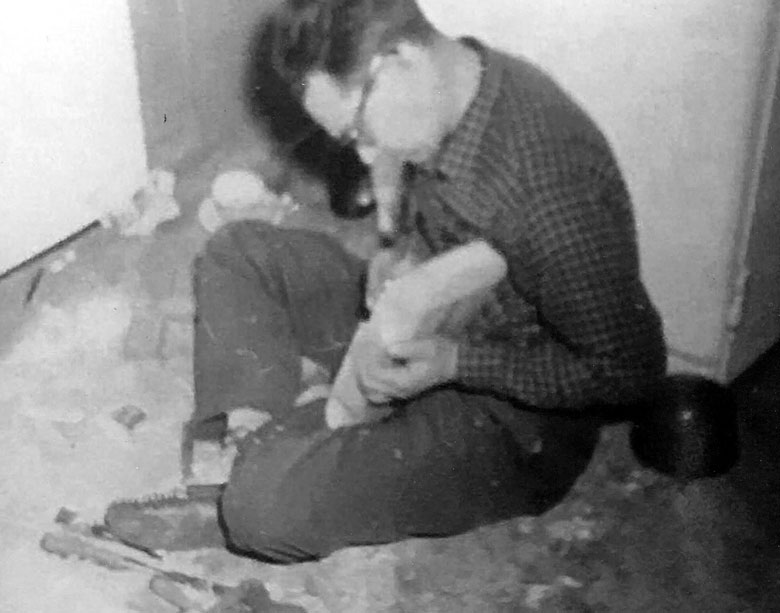
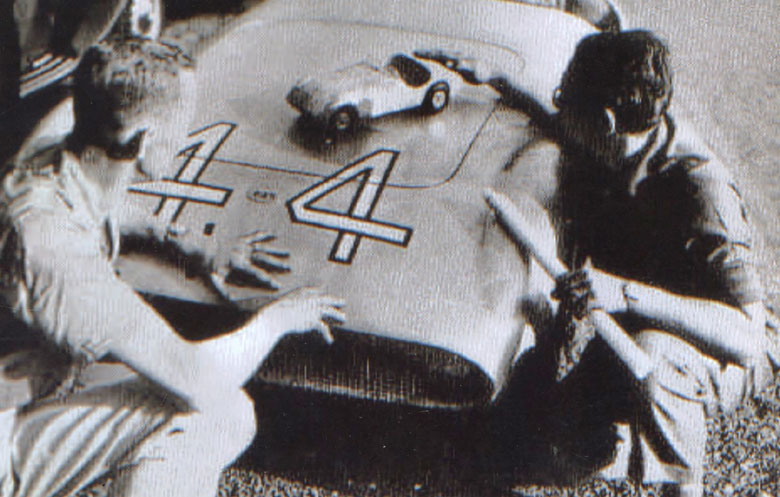
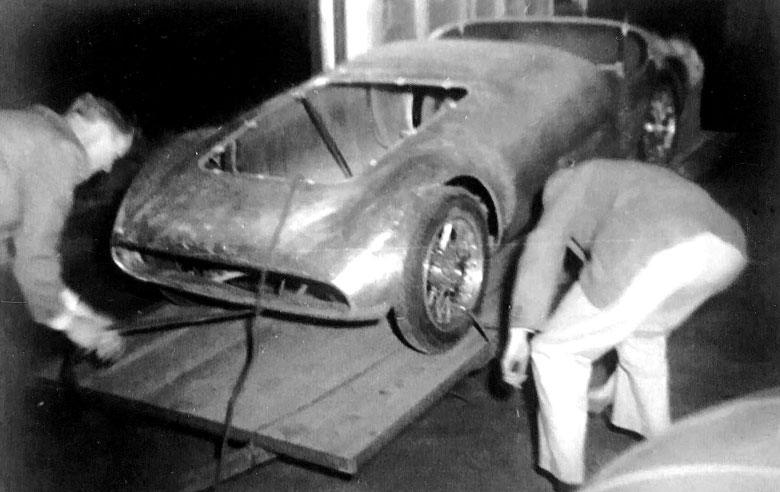
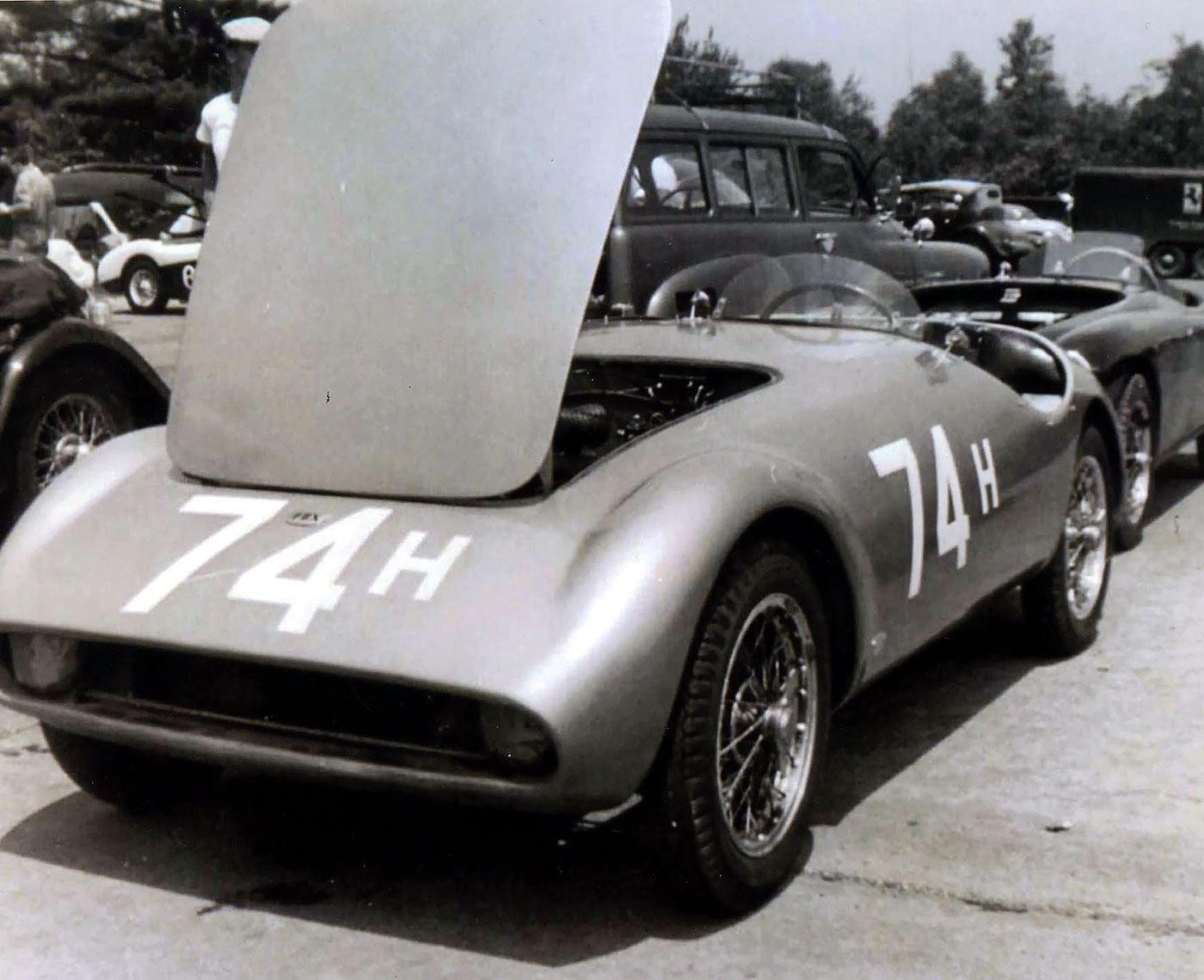
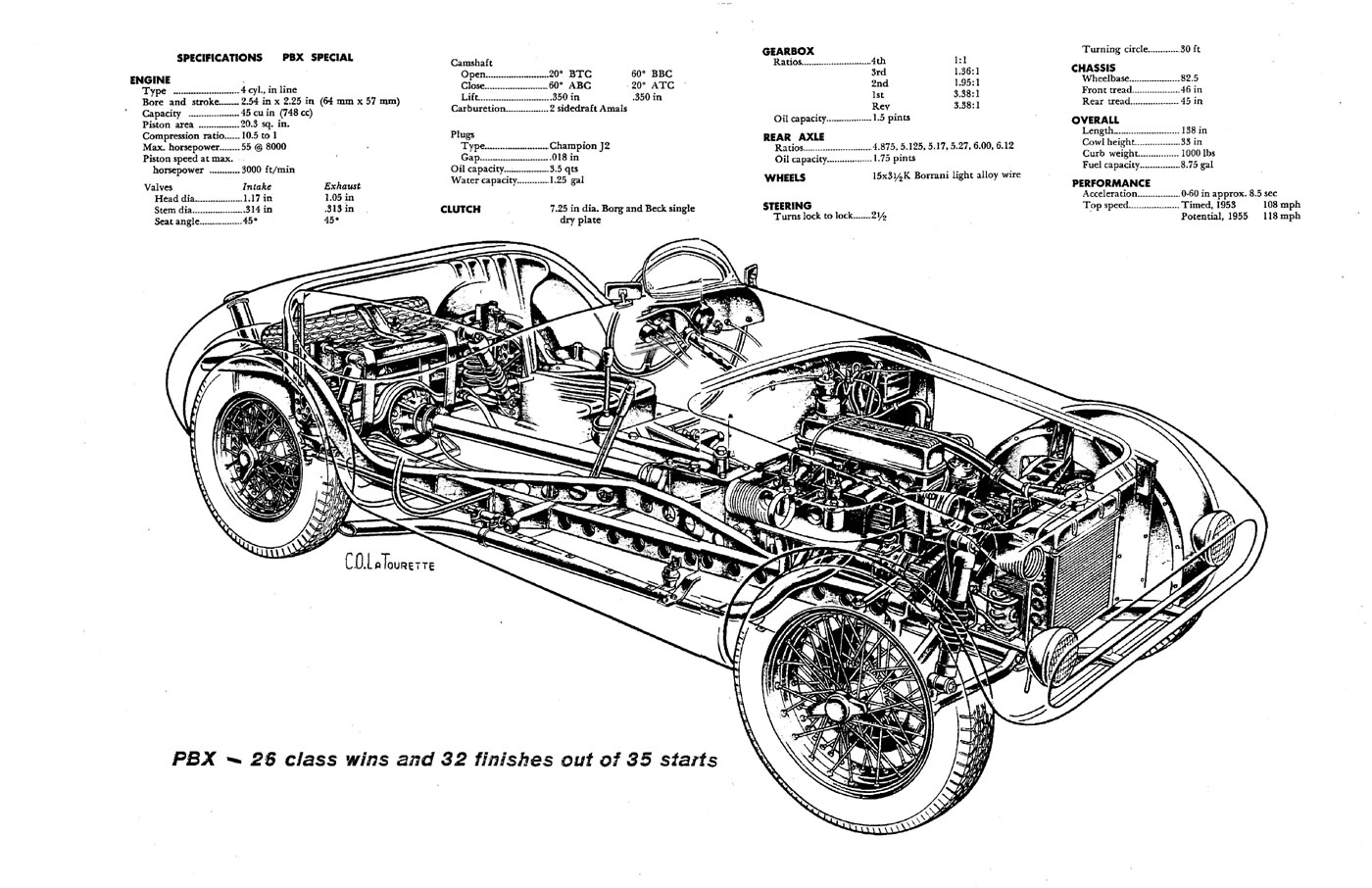
Fantastic story and photos.
The roads (public and T. Newell Wood’s property) that made up the Brynfan Tyddyn track are about 10 minutes from my home in Northeastern Pennsylvania. It was and is two lane blacktop that goes through woods and pastures with many elevation changes and some hairy curves. It hosted some exotic European cars as well as this relatively advanced homemade special.
Looking forward to Part 2.
I enjoyed meeting Candy and getting the info for that 1955 article. But I’m pretty sure he didn’t give me the actual weight figure…
Great article, can’t wait for part 2…
P.S.: Any idea of who ran the little siata behind the PBX in the Bevery 55 photo ?
Found it Looking at the windshield, the Siata behind is most probably the one from Theodore Vergon (#117)
Looking at the windshield, the Siata behind is most probably the one from Theodore Vergon (#117)
Thank you so much. The PBX and Candy Poole were the subject of much admiration around my home growing up. I first remember it from Lime Rock in ’58, but my parents were both very aware of and impressed with it prior. Until about 20 years ago I had the SCI article that contained the LaTourette cutaway, but I was unaware of (or forgot) the back story told here, and the personal photos, wow.
Gotta love the original Jag grille. A great story in the American hotrod tradition. Fiddle whatever needs to be fiddled, with whatever parts seem to be appropriate, or possibly just on hand.
Brilliant article – well done Sean!
What a great article on Candy Poole and the PBX. The class win total is really amazing. Plus the fact it was dominant for 5 years! I pulled out Terry O’Neils book Northeast American Road Races 1950-1959. Candy Poole owned Thompson Race Track, unless the PBX DNF’d he was going to beat your car. Such a cool era for racing.